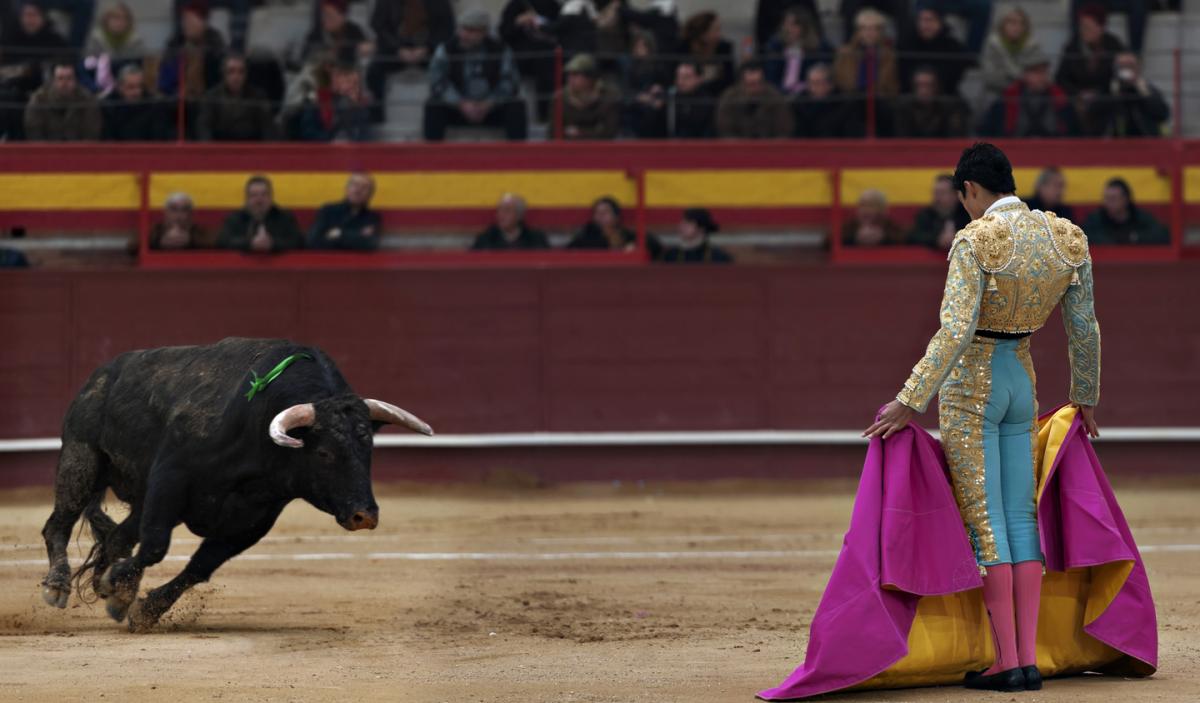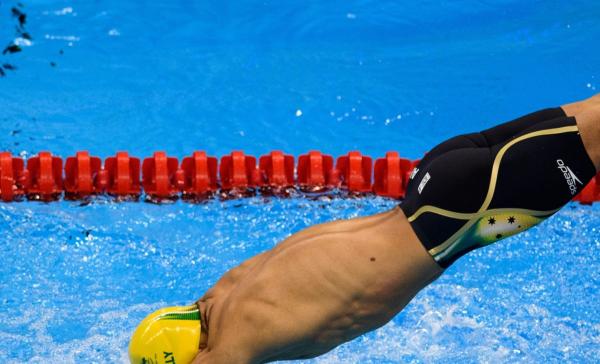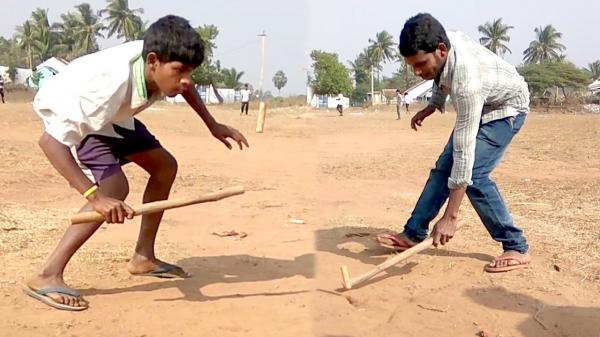Bullfighting

Bullfighting, Spanish la fiesta brava (“the brave festival”) or corrida de toros (“running of bulls”), Portuguese corrida de touros, French combats de taureaux, also called tauromachy, the national spectacle of Spain and many Spanish-speaking countries, in which a bull is ceremoniously fought in a sand arena by a matador and usually killed. Bullfighting is also popular in Portugal and southern France, though in the former, where the bull is engaged by a bullfighter on horseback, and in many bullrings in the latter, it is illegal to kill the bull in the arena. A kind of bullfighting is popular in Korea, Japan, and some countries of the Middle East, but this form pits bull against bull. Bloodless bullfights, in which the bull is caped but unharmed and its killing only simulated, are popular in many countries and in several U.S. states, but they are often denigrated by bullfighting traditionalists. Bullfighting has long generated commentary and controversy. To anthropologists and psychologists, the corrida has signified everything from a confrontation between culture and nature to a symbolic exposition of gender, sexual, or filial relations. In centuries past, clerics assailed bullfighting for degrading the work ethic and diverting public attention away from the church and prayer. Many observers—from Renaissance popes and Bourbon kings to contemporary animal-rights activists—have seen bullfighting as barbaric, as a perversion of the Christian principle of animal stewardship. Others have blamed the spectacle on a debased elite class, which historically held corridas in commemoration of royal weddings and to celebrate the graduation of doctoral students; in the latter case, graduates adorned a wall of their college with the blood of the bull, a tradition that lingers today but in the form of applying red paint, not blood. To still others, blame for the bullfight lies not with a decadent elite but with mass popular culture’s taste for bread-and-circuses kinds of entertainment. To many Spanish intellectuals (especially to the Generation of 1898, which grappled with the meaning of the loss of the Spanish empire, and to many intellectuals after the death of Francisco Franco in 1975), the corrida has been a window into the soul of Spain and its people, an unrelenting reminder of the so-called Spanish “problem”: Spain’s supposed rejection of the Enlightenment and the modern world, a refusal to “Europeanize,” which hurts Spain’s standing in world opinion and its stature in the European community of civilized nations. The European Union, however, has declared bullfighting a protected activity under the heading of “national culture.” Bullfighting’s defenders are as passionate as its detractors, and they have hailed from all social and economic classes. Jean-Jacques Rousseau credited bullfighting with keeping alive a certain “vigour” in the Spanish people. Other defenders point out that the corrida employs hundreds of thousands of people worldwide and generates much-needed revenue for private charities and state welfare agencies, not unlike the role gambling and lotteries play in many nonbullfighting countries. To still others, bullfighting is but another form of contemporary commercialized mass entertainment—less violent than professional boxing, less injurious than American football, and less cruel to the animal than the ignoble fate that awaits the slaughterhouse steer. Many bullfighters take a more philosophical view and see in the bullring a morality play of sorts, a rare microcosm of the world in its various manifestations. As described by Conchita Cintrón, the most acclaimed female bullfighter of modern times,













